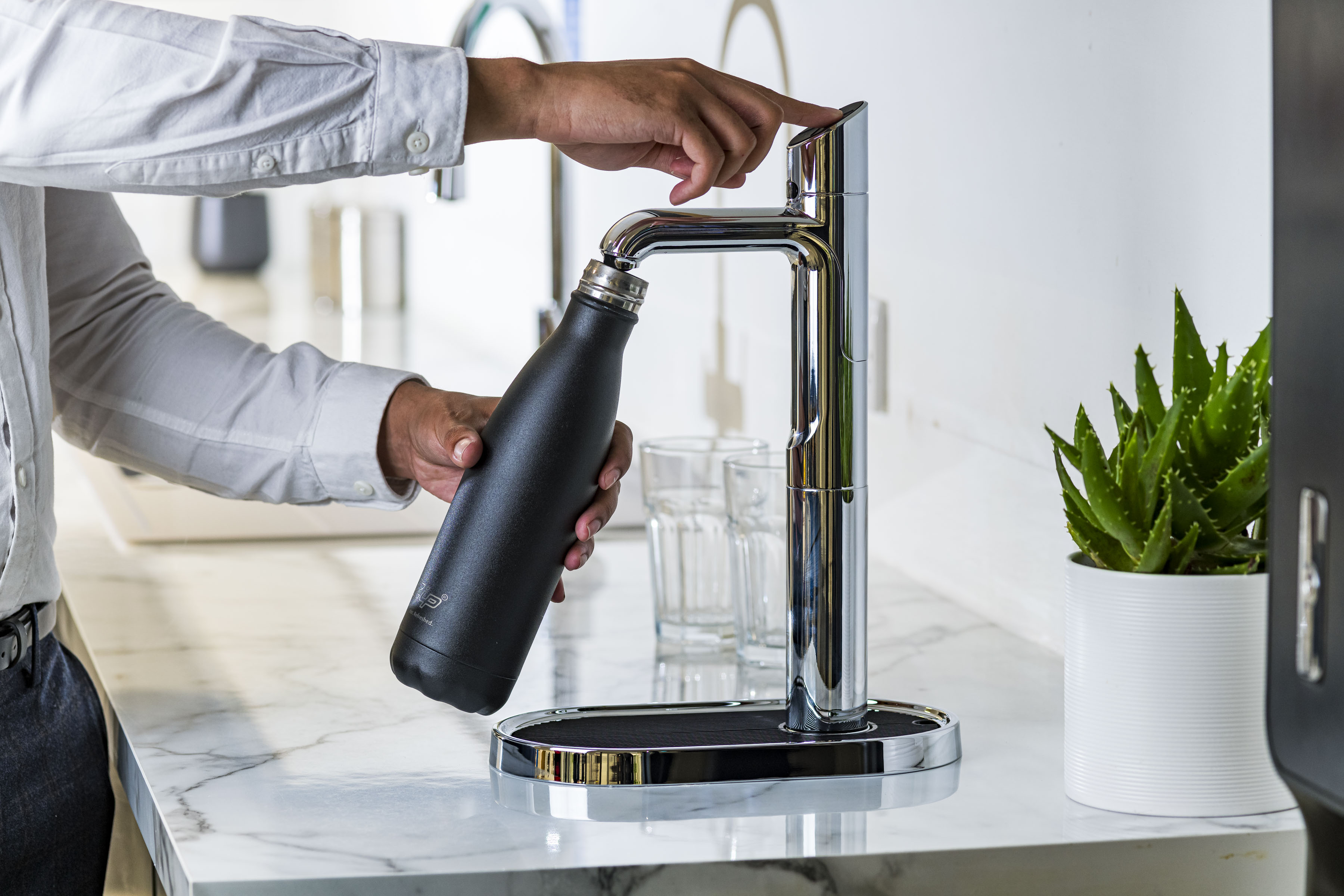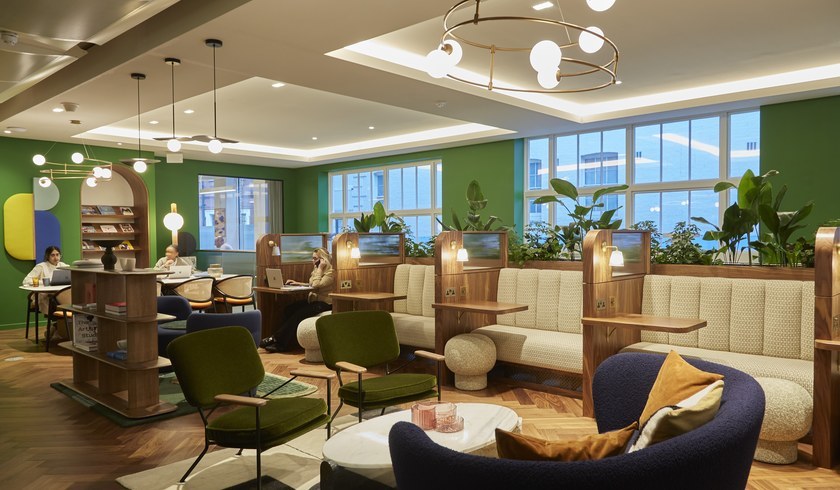18/06/2024
As we continue to operate in a post-pandemic world, and as employees and employers alike are navigating higher bills and living costs, there is an increasing emphasis on returning to the office. The reasons for this are complex, and vary depending on sector, size, and situation. However, the trend is clear: office working is making a return, and it's more important than ever to put the wellbeing of your workforce first.
Encouraging a return to the office is a difficult task. Employees, rightly, want to understand why they are required to perform in person work as opposed to working remotely. Therefore, it's important to be able to articulate this clearly to those affected.
Many businesses are requesting a return to the office to aid productivity, creativity, and collaboration. Remote work and video calls have their place, indeed, the World Economic Forum predicts that by 2030, there will be 92 million fully remote global digital jobs. However, companies are also finding that in person work is often more collaborative, creative, and economical.
Every business is different, and has different challenges, but increasingly, it is clear that spending at least some time in the office during the working week is beneficial for productivity and team building.

But how do you go about encouraging this return? Return to office mandates are one way to force employees to return to the office, but they are not likely to provide the desired results.
Employees are much more likely to feel comfortable with a flexible approach that takes into account their individual circumstances, and encourages them to come into the office, as opposed to an enforced and unaccommodating new mandate. With this in mind, here are three key areas to consider so that you can place wellbeing at the heart of your return to office policy.
In our experience, the most important part of a return to office policy is flexibility. Offering flexible working to all staff members is key to retaining the best talent, improving productivity, fostering wellbeing, and ultimately, driving up your office attendance numbers. The importance of offering flexible work to employees cannot be overstated. A study by the CIPD found that 4 million people have changed careers due to a lack of flexibility in their jobs.
With this in mind, the prospect of asking for a full return to the office is a risk, not just for employee wellbeing, but for staff retention. Jobs offering a high level of flexibility, or that allow their staff to work remotely will continue to attract top talent, as workers can worry less about travel costs and long commutes, and enjoy their personal lives with more freedom; or move further away from the office without losing out on opportunities.

When asking workers to return to the office, it's essential that you create a space where employees feel comfortable and safe. Many employees and workers will have made significant changes to their lives while home working, from moving out of big cities, to investing in their home office space. Many employees are also juggling childcare, school runs, and other care responsibilities before and after work. Managers should make allowances for these needs and be understanding these responsibilities, for example, by allowing employees to work flexible hours whether they are in the office or working at home.
This is important for all companies to consider. And for good reason – a study found that 90% of workers say flexible work schedules would increase their morale. This doesn't have to mean remote work. Employing a hybrid model, or just being conscious of staff members' commitments will aid morale, and create a better company culture for all.
Helping workers to improve their work life balance, and providing an environment where it is easy to switch off after the working day is key for businesses. Not just for current staff retention, but also for attracting new talent. Based on a recent survey, 47% of those looking for a new job in the UK say a good work life balance is the top selling point.
There are many ways to help employees to improve their work life balance. Suggesting non-contactable hours for all staff, or implementing a core work hours system are good places to start. A perk of returning to the office is being able to leave equipment there overnight – helping avoid the temptation of any late night email checks.
All of the above is not to say that there is no right time or place to ask employees back to the office. There are benefits to being in an office together with your colleagues that cannot be replicated at home. Being together in person facilitates collaborative team meetings, shared ideas, and professional networking.
Depending on your workforce, sector, and size, there will be different challenges to planning your return to office and your flexible working strategy. A business with a high proportion of office workers will have different challenges to a business with a larger manufacturing team. However, whatever your business looks like, by keeping wellbeing at the centre of your return to office strategy, you will maintain happier, more engaged employees.

Many businesses will benefit from a hybrid model. Encouraging workers to attend the office at least three days a week, or even less, with the option to choose which days work best for them is much more likely to be successful than any strict return to office mandates which force employees back into the office full time, five days a week. Embracing hybrid working and offering more flexibility is a great way to put wellbeing at the centre of your strategy, and provide a better working life for all employees.
There is clear data to prove that hybrid working is a more effective way to boost wellbeing in the workplace than fully remote working, too. A recent study found that remote workers are more likely to work more than 40 hours per week than in-office teams. Though this might sound like it could be good news, it confirms that staff find it harder to switch off when they are working from home all of the time. The expectation to work late and respond immediately when you are at home, can quickly lead to burn-out, and push professionals to look for new jobs elsewhere.

Whatever the decision for the return to office, placing the focus on wellbeing for all employees is the best way to maintain engagement. Ask your staff how often they would benefit from attending the office, what type of work they would rather do remotely, and what kind of office experience they would find the most engaging. Creating a workplace that places wellness at the centre of policy making will in turn help employee retention, and build social capital across the entire business.
An important consideration in encouraging colleagues back to the office is how inviting your office space, or workplace is. Offices should be more than just places to sit behind a screen. Including quiet, comfortable spaces to relax in, and breakout rooms for idea sharing are great ways to help workers feel more at home when they are working in an office. Companies should also consider creating spaces designed for hybrid work, for example by providing soundproof booths for calls.
Even in hybrid models, considering the importance of an office design is key to ensure success. Recently, we published a blog detailing how workplace design can improve productivity, which gives an insight into the importance of providing a comfortable and stylish space for employees. This is even more important when encouraging home workers to return to the office.

Offices should be a space where staff feel comfortable, and have all of the amenities they may have grown accustomed to in remote work. But we recommend that you go one step further and provide even better facilities than at home – making it even more appealing to head back to the office.
One way to do this is for companies to create a state-of-the-art hydration station for staff. It's well known that good hydration boosts wellbeing, in fact, we recently shared our Ultimate guide to hydration which goes into detail about how hydration affects health, wellbeing, and performance at work.
By providing chilled, filtered water on tap, companies can offer workers an easy way to stay hydrated, with delicious, fresh-tasting water. HydroTap is the perfect solution for your hydration needs, providing fresh-tasting, perfectly chilled water, wherever you need it.
However you decide to tackle your return to the office, and wherever your employees are working, if you keep wellbeing at the heart of your policies, and provide the right support and resources for all of your employees, you're on the right path.
And where hydration is concerned, for any hydration or water supply needs, get in touch with us today for a bespoke solution.
Talk to us about your next project, request a brochure or arrange a full product demo with one of our team.
